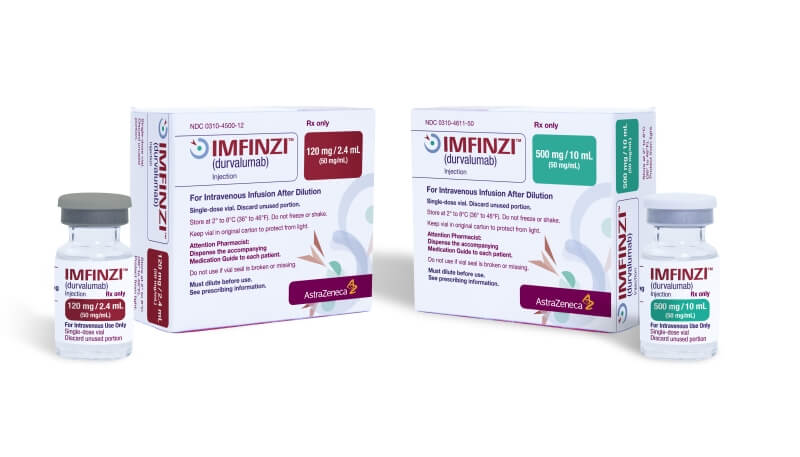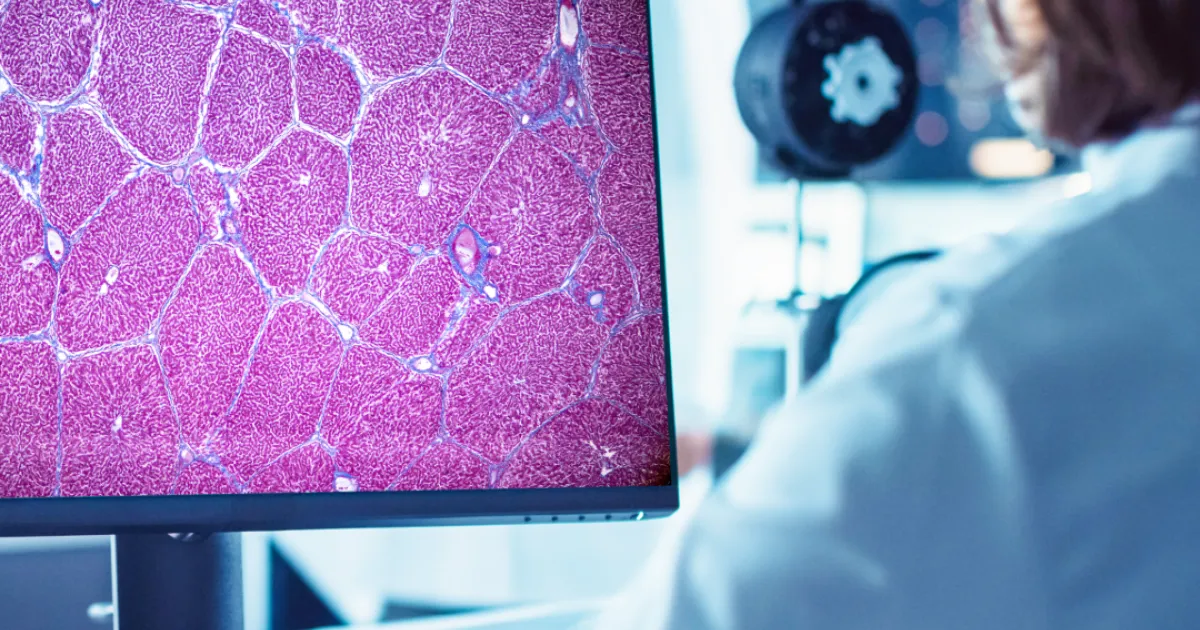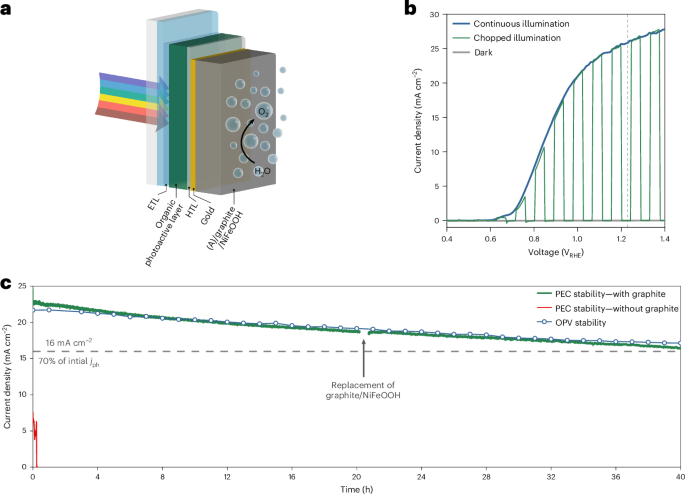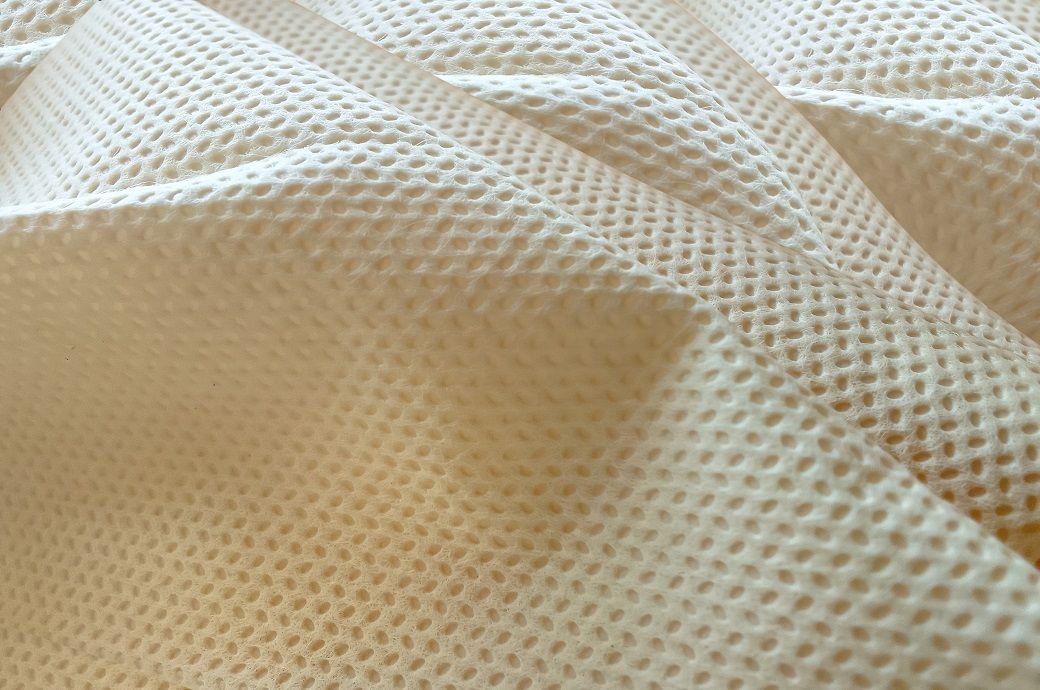A Modified Polydopamine Nanoparticle Loaded with Melatonin for Synergistic ROS Scavenging and Anti‐Inflammatory Effects in the Treatment of Dry Eye Disease
Advanced Healthcare Materials, Volume 14, Issue 7, March 14, 2025.

This study provides a modified polydopamine nanoparticle loaded with melatonin (PPP@MT). It exhibits dual functionalities in reducing reactive oxygen species (ROS) production and downregulating inflammatory pathways, thereby preserving mitochondrial integrity and further inhibiting programmed cell death. PPP@MT offers promising therapeutic insights for the management of dry eye disease and other ROS-mediated disorders.
Abstract
Dry eye disease (DED) is a multifaceted ocular surface disorder that significantly impacts patients’ daily lives and imposes a substantial economic burden on society. Oxidative stress, induced by the overproduction of reactive oxygen species (ROS), is a critical factor perpetuating the inflammatory cycle in DED. Effectively scavenging ROS is essential to impede the progression of DED. In this study, boronophenylalanine- containing polydopamine (PDA-PBA) nanoparticles are developed loaded with melatonin (MT), which are blended with poly(vinyl alcohol) (PVA) to create eye drops PVA/ PDA-PBA@MT (PPP@MT). In vitro and in vivo studies demonstrate that PPP@MT exhibits dual functionalities in reducing ROS production and downregulating inflammatory pathways, thereby preserving mitochondrial integrity and further inhibiting programmed cell death. Following PPP@MT treatment, tear secretion, corneal structure, and the number of goblet cells are markedly restored in a mouse model of dry eye, indicating the therapeutic efficacy of this agent. Collectively, PPP@MT, characterized by minimal side effects and favorable bioavailability, offers promising therapeutic insights for the management of DED and other ROS-mediated disorders.









































































































































































.jpg)






